If you go down to the woods today... you may just learn one or two bear facts. From the great grizzlies of North America to the playful pandas of China, bears have long captured our imaginations and graced countless books, films and teddy bear picnics. Aside from being almost ten-feet tall when standing on their hind legs, bears are known for their incredible adaptations, intelligence and species diversity. Read on to discover ten paw-some (sorry) bear facts...
- Eight species
- Keystone species
- Panda bear’s love for bamboo
- Sloth bear’s vacuum lips
- Happy hibernation
- Polar bears are marine animals
- Medicinal sun bears?
- Multicoloured black bears
- Playtime
- Paddington bear
Eight species
Before we get to grips with our grizzly friends, it's only right we shine a light on each of the eight species that grace the planet: the North American black bear, which ranges from Florida to Canada and into Alaska; the brown bear, found in Alaska, Canada, northwestern USA, eastern and western Europe and northern Asia; the polar bear, found in the Arctic region; the Asiatic black bear, found in southern Asia; the giant panda, found in south-central China; the sun bear, found in southeast Asia; the sloth bear, found in India and Sri Lanka; and the spectacled bear, found in South America. Talk about dominating the planet.
Keystone species
All hail the humble bear, because these guys know how to hold an ecosystem together. As a keystone species, bears have a disproportionately large (positive) effect on their natural environment. Their position as apex predators at the top of the food chain helps regulate deer, elk and fish populations, balancing out the ecosystem. As well as munching on meat, their tendency to feast on fruits helps to spread seeds across vast distances and promotes genetic diversity. A third food-fuelled effect is that a leftover salmon carcass from a bear’s meal will fertilise trees and help them grow strong. It’s official – bears are paws-down the backbone of ecosystems.
Panda bear’s love for bamboo
It’s no secret that pandas love bamboo. But did you know that this love has altered their body? Pandas have evolved a false-thumb-like extension on their wrist to help them better handle their favourite dinner delicacy. Although not entirely up to the standard of an opposable thumb, they’re the only species of bear with this adaptation, making their upright eating habits one of the biggest spectacles in our list of bear facts.
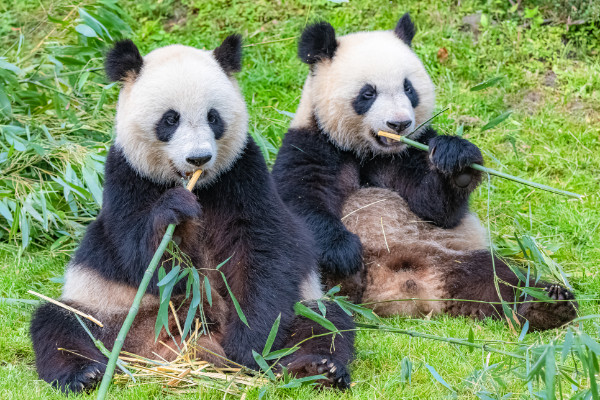
Sloth bear’s vacuum lips
Pandas may lay claim to the pseudo-thumb, but they aren’t the only bear with a nifty mealtime trick. The sloth bear’s lips are designed with eating in mind, and they can wrap their lower lip around their nose to create something resembling a vacuum. The purpose? To hoover up unsuspecting ants and termites (as demonstrated by Baloo in Bear Necessities), much like their (very) distantly related friends across the globe, the anteaters.
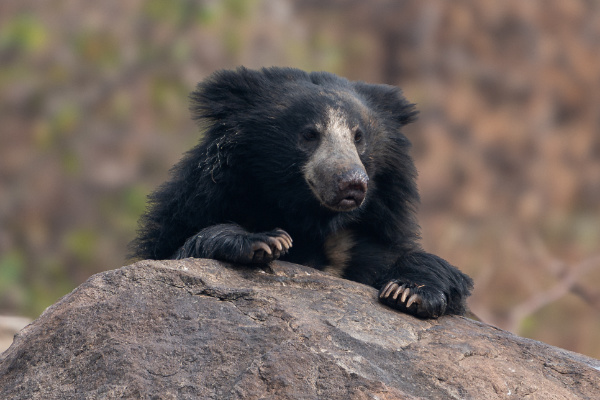
Happy hibernation
Much like humans at Christmas, bears eat and drink non-stop in the lead-up to winter. However, they’re piling on the pounds for a much more productive purpose. Their 20,000 calories-per-day binges help them prepare for winter hibernation, a dormant state of no eating, drinking or doing much of anything for up to seven months. If they didn’t hibernate, winter’s food scarcity would likely kill them, so it's vital for them to fatten up and hit the hay when the temperatures drop (it’s ok to be jealous).
Polar bears are marine animals
They may not have scales, gills or even fins, but polar bears are the only bear species to be considered a marine mammal. This is due to their dependency on the ocean for food and habitat, and they have some fine-tuned features to help them out: a thick layer of blubber provides buoyancy and protection from the cold; their webbed paws allow them to whizz through the water at six miles per hour; their back legs act as a rudder; black skin below their fur retains heat; and their keen sense of smell helps them locate a seal’s breathing hole in the ice. Because of all this, polar bears take pride in their position as apex predators in a harsh and unforgiving environment.
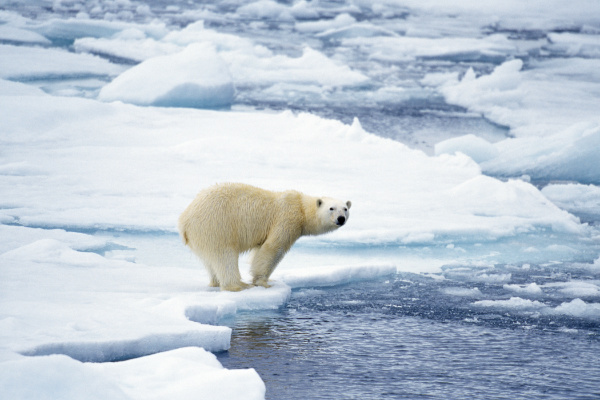
Medicinal sun bears?
With their small size, sun-like markings on their chest and love for climbing, sunbathing and sleeping in trees, the sun bear is one of the quirkiest bear species. However, this isn’t what makes them so highly pursued by humans. Traditional Chinese medicine (falsely) claims that their paws, gallbladders and bile products have beneficial properties, and so they are sadly often hunted, captured and killed for these body parts. While their exact population numbers are unknown, sun bears are ranked as vulnerable due to this damaging demand.
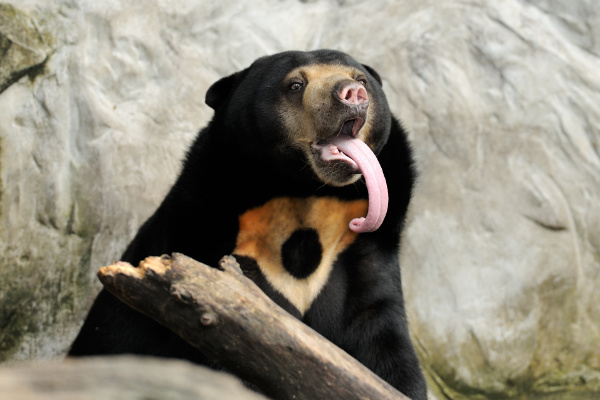
Multicoloured black bears
Despite their supposedly self-descriptive name, black bears come in more shades than just black – more shades, in fact, than any other North American mammal. They can be anything from black, brown and cinnamon to blonde, blue-grey and white. These colour variants aren’t just a fashion statement, either. In the western USA, the brown and cinnamon coats help keep black bears cool beneath the sun beating down on the open meadows, with the lighter-coloured coats also helping with camouflage.
Playtime
Bears just wanna have fun... and it may aid their survival. Researchers have found that the more cubs tussle, the more likely they are to survive to independent adulthood. Play-fighting with siblings helps to establish social hierarchies, teaches the boundaries of acceptable behaviour and improves their strength, coordination and agility. Brown bears even have a ‘play face’ – an open-mouth grin – to signify to others they want to play.
Paddington bear
Our last bear fact shines a light on the elusive spectacled bear. One of literature’s most beloved bears, Paddington, enchants audiences with his gentle demeanour and distinctive markings. But what’s less commonly known is that there’s fact behind this fiction – Paddington is based on the spectacled bear, South America’s sweet-toothed inhabitant. Michael Bond, the creator of Paddington, drew inspiration from the spectacled bear's endearing qualities, such as its mild nature and iconic facial markings resembling glasses.
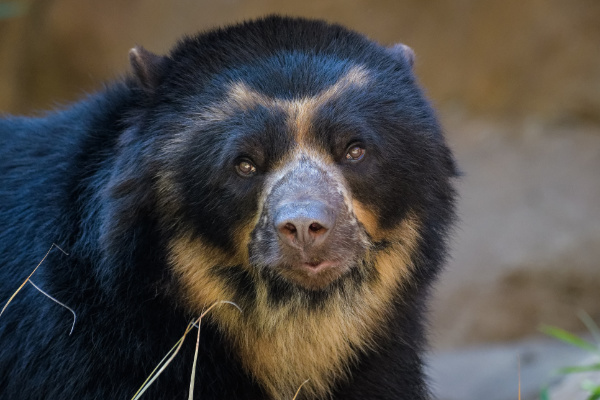
Written by Evie Buller.
